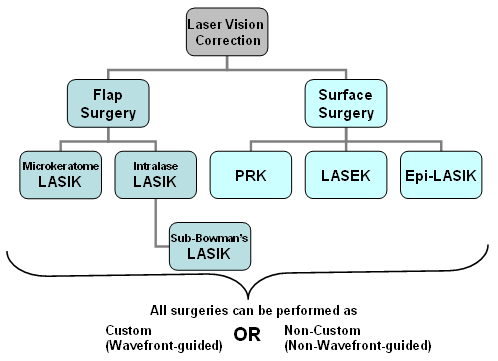This Article Will Certainly Clarify The Refractive Lens Exchange

Created by-Fraser Edwards
Refractive Lens Exchange (RLE) is a surgery to get rid of the all-natural lens of the eye and change it with a fabricated dental implant. It provides clear vision for clients with refractive mistakes like nearsightedness and also farsightedness, presbyopia, as well as cataracts.
It can help in reducing or remove your need for glasses and get in touches with. It might also minimize your risk of developing cataracts in the future due to the fact that the synthetic lens does not continuously age as well as transform like the natural lens.
1. Enhanced Vision
Refractive Lens Exchange is a preferred choice to laser vision improvement. Learn Alot more Here is especially beneficial for clients that are also farsighted or too myopic to be a candidate for LASIK.
RLE also aids to remove the danger of cataracts later in life. This is because the artificial lenses implanted in refractive lens exchange don't age like an all-natural lens, so cataracts are much less most likely to create.
Refractive lens exchange can deal with a range of refractive errors, including presbyopia, hyperopia as well as myopia. It is most useful for individuals over the age of 40 who are looking for a way to lessen or totally remove their reliance on glasses and contacts.
2. Less Dependence on Glasses
Lots of people have trouble concentrating up close without the aid of glasses or get in touch with lenses. The good news is that contemporary developments have actually provided us options like Refractive Lens Exchange (RLE) to lower or even eliminate dependancy on glasses.
RLE is a treatment that changes your eye's natural lens with an artificial one, called an intraocular lens or IOL. It can correct a number of refractive errors, including nearsightedness, farsightedness, astigmatism as well as presbyopia.
3. Much Less Threat of Cataracts
Refractive Lens Exchange (RLE) is a surgical procedure that includes the removal of your eye's all-natural lens and also replacing it with a clear lens implant. This can enhance vision in both close and far-off things, eliminating the requirement for glasses or get in touch with lenses.
This surgery is typically suggested for patients with high levels of myopia, hyperopia and astigmatism that can not be remedied with laser vision adjustment procedures such as LASIK. It additionally works in dealing with presbyopia, age-related near vision loss.
RLE is a much more invasive surgery than LASIK and also PRK, but it is often the most effective option for individuals that want to be free from glasses as well as call lenses. It is usually not covered by insurance coverage, yet you might have the ability to access a versatile investing account or wellness savings account that can help pay for your RLE.
4. Much less Pain
Refractive Lens Exchange is a short, outpatient treatment that takes less than 20 minutes per eye. Your eyes are numbed with anesthetic declines, as well as a couple of small lacerations are made in the cornea whereby tools are utilized to eliminate your natural crystalline lens.
The new artificial intraocular lens (IOL) is customized for you as well as is implanted in your eye. hop over to here is a long-term substitute for your natural crystalline lens, and also it will not trigger the long-term visual regression of contact lenses.
If you are over age 50 and also have considerable hyperopia or presbyopia, refractive lens exchange can be an efficient treatment for your vision problems. In addition, this procedure might prevent cataracts from creating and needing cataract surgical procedure in the future.
5. Much Less Recovery Time
Refractive Lens Exchange (RLE) is an operation that removes your eye's natural lens and also changes it with a synthetic intraocular lens, or IOL. This is a prominent therapy for clients that are not candidates for laser-based vision improvement procedures such as LASIK or PRK, or those with presbyopia, an age-related condition that leads to the need for checking out glasses.
The recovery duration after RLE is very little, as well as many clients can go back to regular tasks within a week of surgery. Nonetheless, it is essential to avoid swimming or high-impact sports till your medical professional says it's risk-free.

